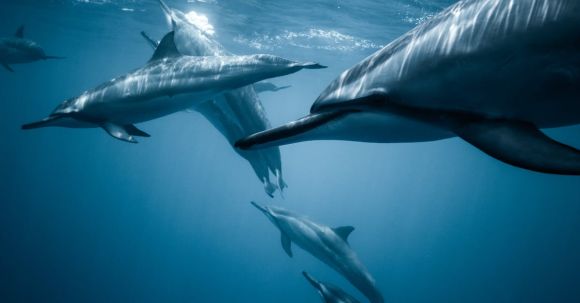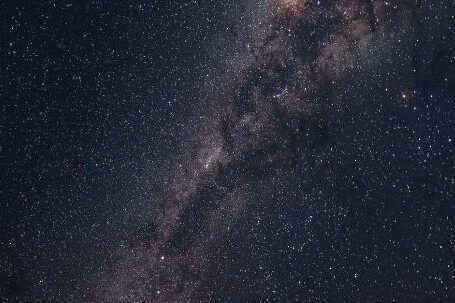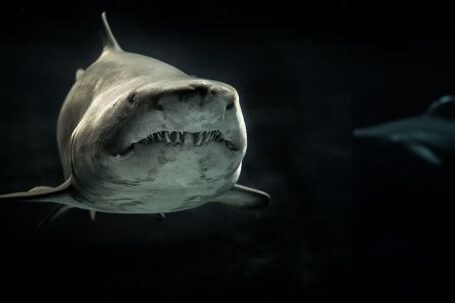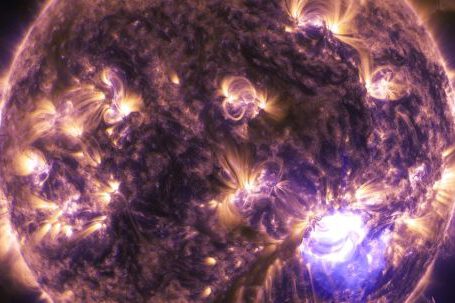Marine mammals, such as whales, dolphins, and seals, are well-known for their remarkable ability to hold their breath for extended periods of time while underwater. This ability allows them to dive to great depths and stay submerged for extended periods while searching for food or evading predators. So, how do these incredible creatures manage to hold their breath for so long? Let’s dive into the fascinating world of marine mammal respiration.
Adaptations for Efficient Oxygen Use
Marine mammals have evolved a variety of adaptations that enable them to efficiently use the oxygen available to them during a dive. One such adaptation is an increased oxygen-carrying capacity in their blood. These animals have higher concentrations of red blood cells and a higher hemoglobin content, which allows them to transport and store more oxygen. Additionally, they have a greater concentration of myoglobin, a protein that stores oxygen in their muscles. This enables them to have a readily available supply of oxygen while underwater.
Another adaptation is a reduced heart rate during a dive. By slowing down their heart rate, marine mammals conserve oxygen and reduce the amount of oxygen their body requires. This is especially beneficial during prolonged dives when oxygen may be limited. Additionally, marine mammals have a specialized diving reflex that redirects blood flow away from non-essential organs and towards the brain and heart. This further helps to conserve oxygen and prolong their dive time.
Lung Capacity and Efficient Gas Exchange
Marine mammals also have large lung capacities, allowing them to take in a significant volume of air with each breath. This is particularly important for deep-diving species like sperm whales, which can hold their breath for up to 90 minutes. Their lungs can collapse under pressure, reducing the risk of nitrogen narcosis and the formation of gas bubbles. This collapse also allows them to dive to great depths without the risk of lung damage.
Furthermore, marine mammals have a unique respiratory system that facilitates efficient gas exchange. Unlike humans, who exhale most of the air they inhale, marine mammals have the ability to exchange a greater percentage of the oxygen in their lungs. This is achieved through a series of adaptations such as specialized airways and a higher concentration of oxygen-carrying molecules in their blood. These adaptations enable them to extract as much oxygen as possible from each breath, maximizing their breath-holding ability.
Training and Adaptation
The ability to hold their breath for extended periods is not solely dependent on physiological adaptations; it also involves training and adaptation. Marine mammals must learn to manage their oxygen consumption and adapt to the demands of diving. This involves building up their lung capacity and strengthening their muscles involved in respiration. They also learn to regulate their heart rate and conserve oxygen during dives. Through practice and experience, these animals become more efficient at utilizing their oxygen stores, allowing them to stay submerged for longer periods.
In conclusion, the remarkable ability of marine mammals to hold their breath for extended periods of time is a result of a combination of physiological adaptations, including increased oxygen-carrying capacity, reduced heart rate, and efficient gas exchange. These adaptations, coupled with training and adaptation, enable these incredible creatures to explore the depths of the ocean and thrive in their aquatic environments. The study of marine mammal respiration continues to provide valuable insights into the limits of mammalian physiology and the wonders of the natural world.





